Prospecting for harvest/photograph of the Sphingidae asks a little experiment, but learning is fast, especially if the motivation is there.
We can search the Sphinx at all stages, from egg to imago.
The egg
I have already dealt with this research in the topic raise. This research requires a fairly good level of Botany. In fact, the majority of the field entomologists are good botanists. Already learn to recognize plant, if it is not yet the case. Then you start. Be aware, however, that this research is tedious, you'll spend hours to return thousands of leaves for harvest (hopefully) a few eggs, sometimes a few dozen.
Eggs are almost always laid under the leaves. The female chooses the Terminal leaves, sometimes even the buds of the future leaves or flowers. Some Sphingidae lay under the bracts bearing flowers, is the case of the Sphinx of the spurge. The eggs are then clearly visible, often by two or three.
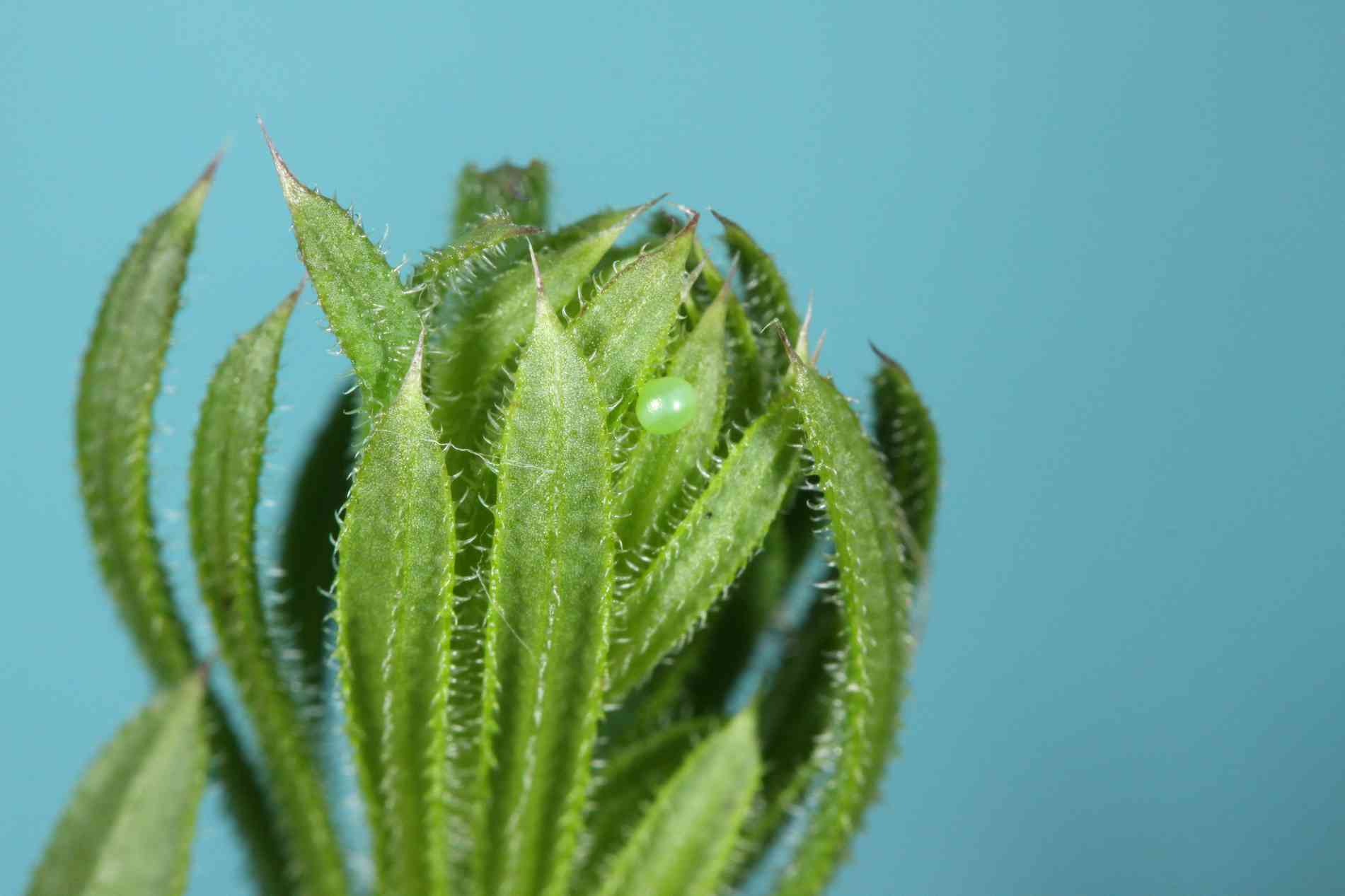
As I said in the topic "raise", need to understand butterflies, to guess where a female will go lay. You will quickly see that the Sphinxes along the roads, roads, paths, streams. After, it is much easier to find happiness on a stand isolated in five hectares of the host plant. A very productive practice is to observe the behavior of butterflies. For example, to follow eyes the flight of a Hummingbird Hawk-Moth female can often see where she lays. Females that lay had a very characteristic behaviour, they are positioned at the end of the plants without stop stealing, curl their abdomen in a position that one learns quickly to identify. Just to follow to collect the eggs one after the other. I also use this technique for the two Hemaris.
The caterpillars
Not necessarily easier, contrary to what one might imagine, and often even less productive. Indeed, predation is rough for the Sphinx caterpillars and small caterpillars do not escape. For example, I have always found many more eggs of Hemaris fuciformis caterpillars, or so I find the L1 / L2. It should know that find an adult Caterpillar, it is very nice, does not have the butterfly, as the rate of parasitism may be very high. This is the case with particular Hemaris tityus, for which I have generally a rate of 80% of loss, getting in general beautiful flies tachinid flies.
Some caterpillars remain on the plant they consume. It will be localized by identifying either the bare branches, the droppings on the ground. The easiest of all is Smerinthus ocellata, I routinely find in June July along the roads. Hyles euphorbiae and Hyles vespertilio are also very easy to locate.
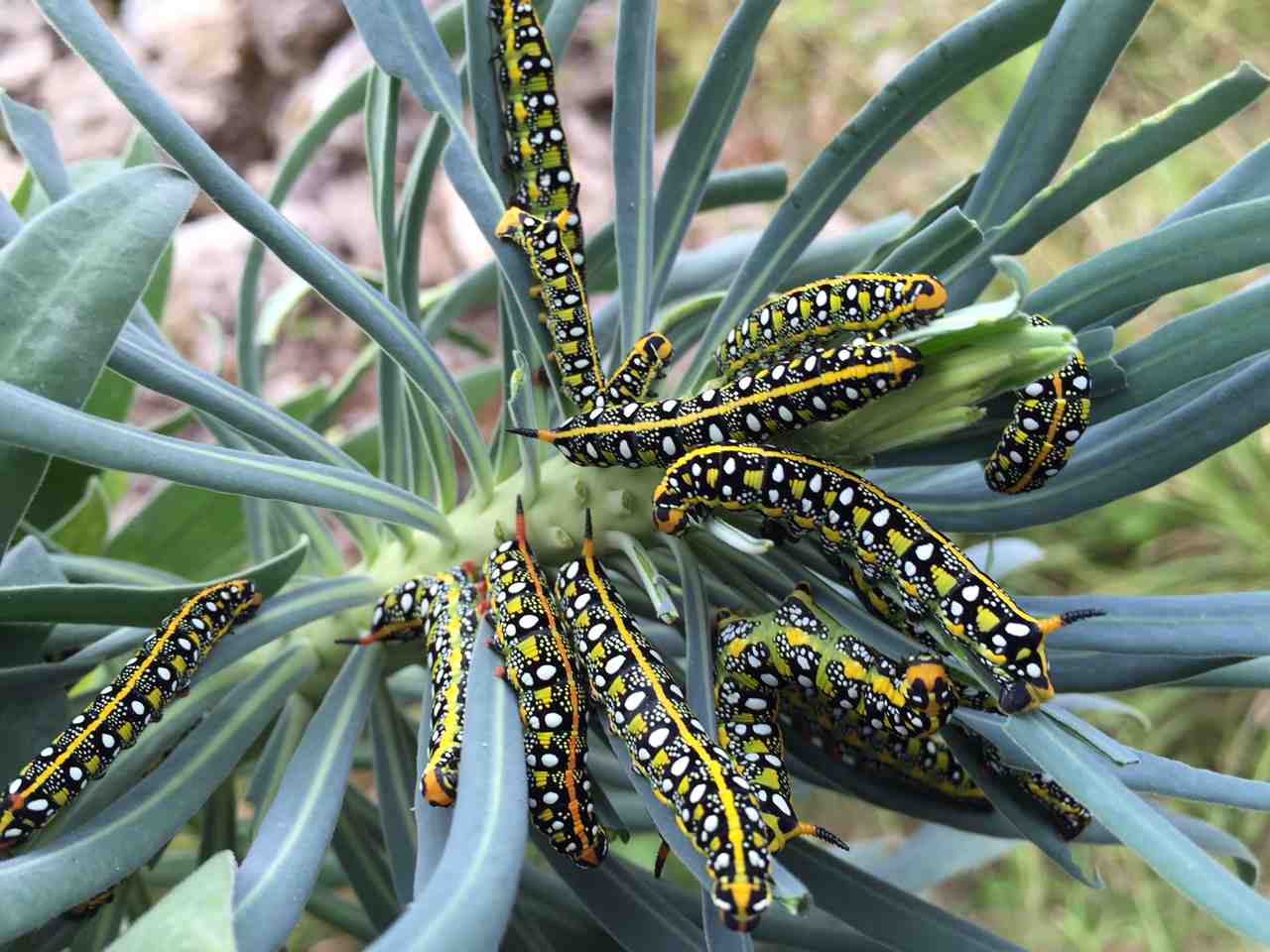
Some caterpillars leave the plant for hiding at the foot of the plant, along the stem or under a stone. Hyles hippophaes has this habit, but also Proserpinus proserpina and Deilephila elpenor. The last two I got used not to seek them in late afternoon, see in the dark. When the temperature drops, their caterpillars climb along the Fireweed to consume inflorescences and young fruits. Then, they are very easy to spot. Hyles vespertilio adult (L5) caterpillars themselves late in the morning on the stones at the foot of the dodonaei probably Epilobium for basking in the Sun.
The chysalides
I do not like this research that I consider very aggressive environment, and which involves digging around trees and plants, to unearth any pupae. In addition to the fact that it is only very rarely what to look (the only easy to find so Chrysalis is that of Mimas tiliae), foam peeled off, the ground surrounding the plant returned more than disturbed entomofauna. In short, I will not promote the method.
Butterflies
The three species (Macroglossum and Hemaris) collect NET before plants. We must learn to recognize the good flowers, but the list is long. The Silene, Lychnis, Saponaria, Phlox, Mirabilis are very attractive, but in my Department, the Sage of meadows (Salvia pratensis) is by far the most productive especially as it is in bloom in the period ideal (May-June). Just behind comes valerian (Centranthus ruber) when the Macroglossum occur. Buddleia (Buddleja SP.) is also excellent. It remains to identify the correct hour, which depends on the latitude. In the South, the insects are active earlier that morning, before the great heats. Proserpinus proserpina flies at the end of the day, before the sages just abandoned by the Macroglossum.
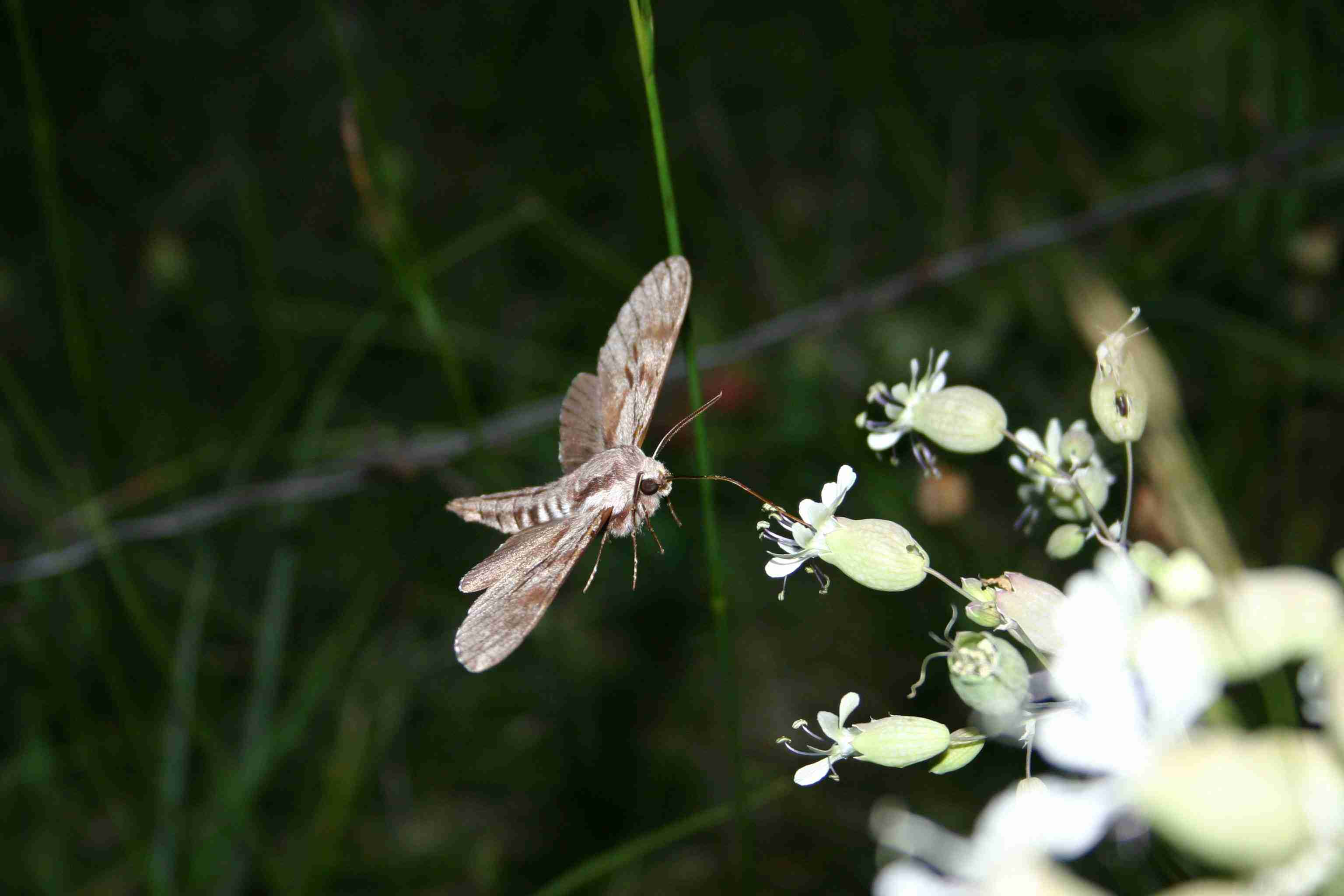
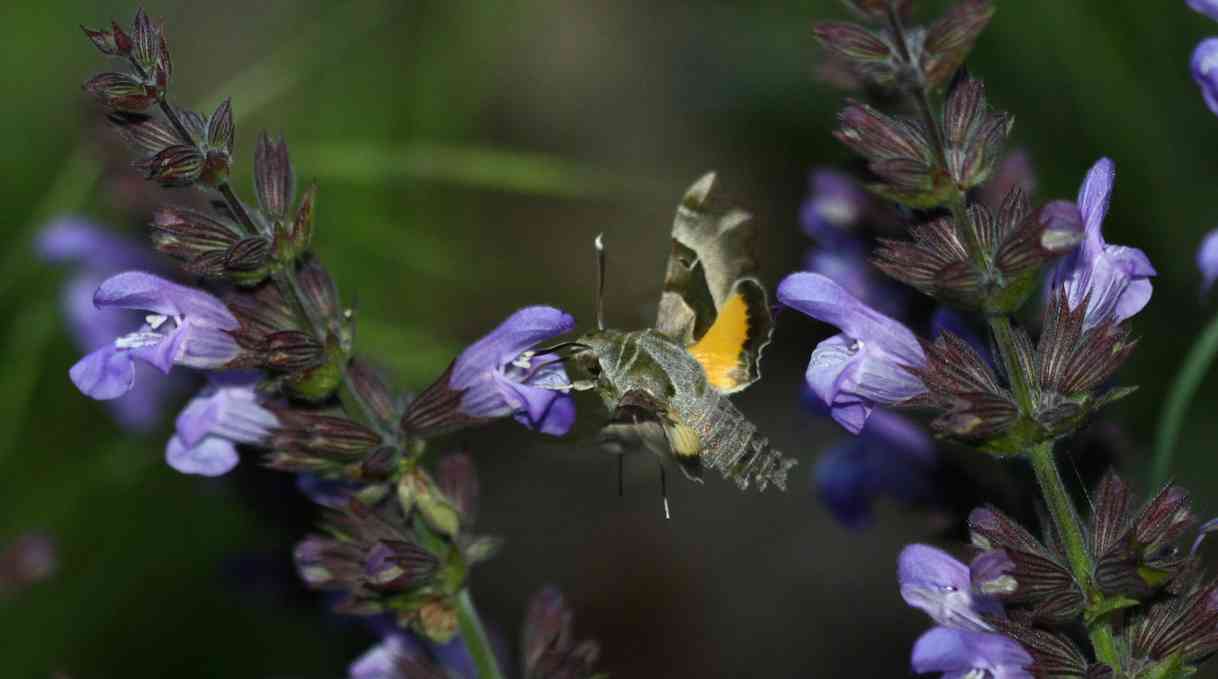
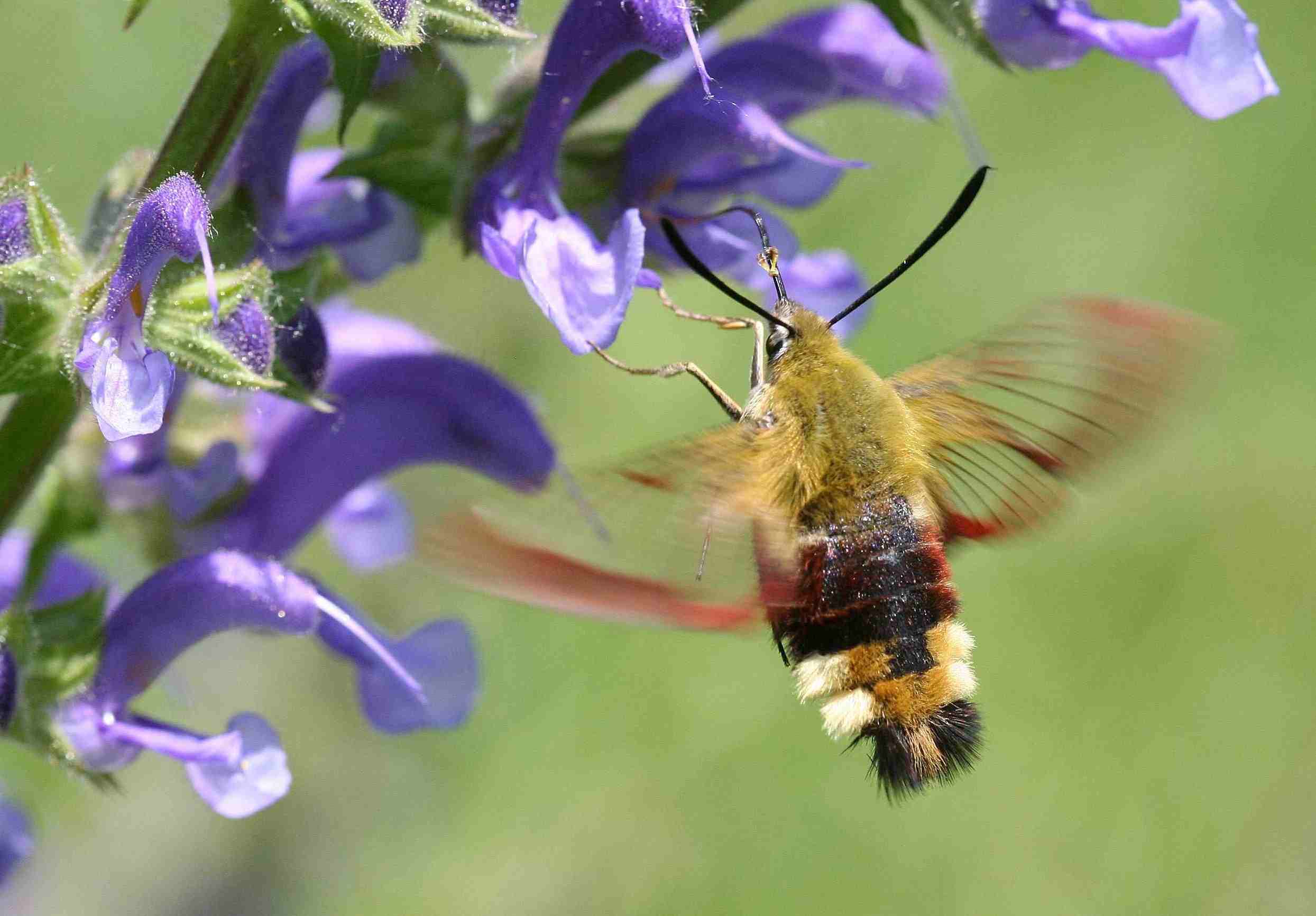
Sphingidae before flowers: Sphinx pinastri Silene vulgaris Szabolcs Bismark, Proserpinus proserpina and Hemaris fuciformis before Salvia pratensis © Jean Hanif.
Nocturnal species will be most attracted to a light source, usually a mercury vapor bulb but more often a lamp of type metal halide (MH). The lamp is placed in front of a white wall if one is at home or in front of a white sheet. This is the light trap.
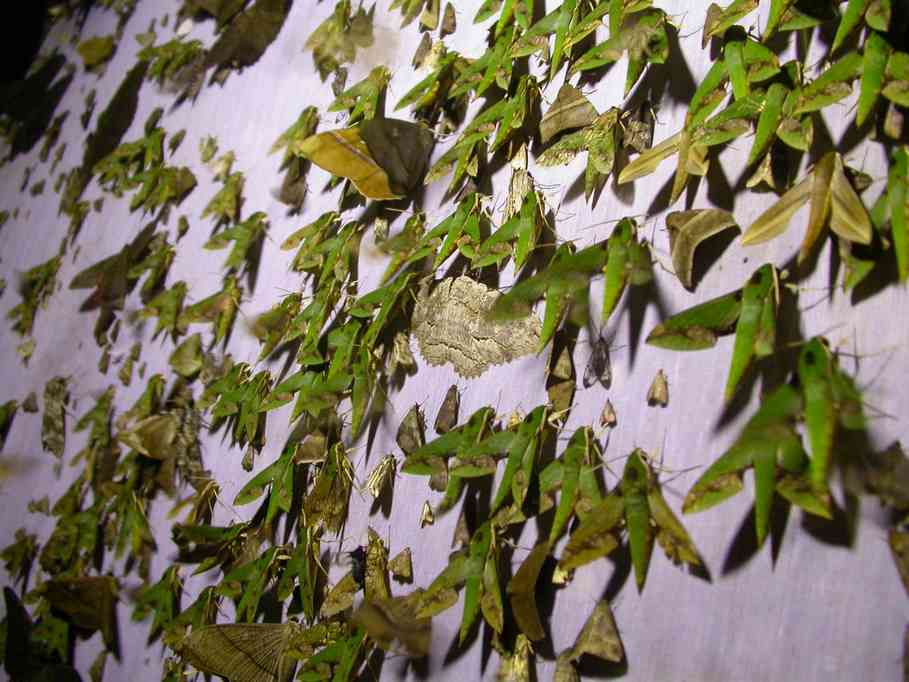
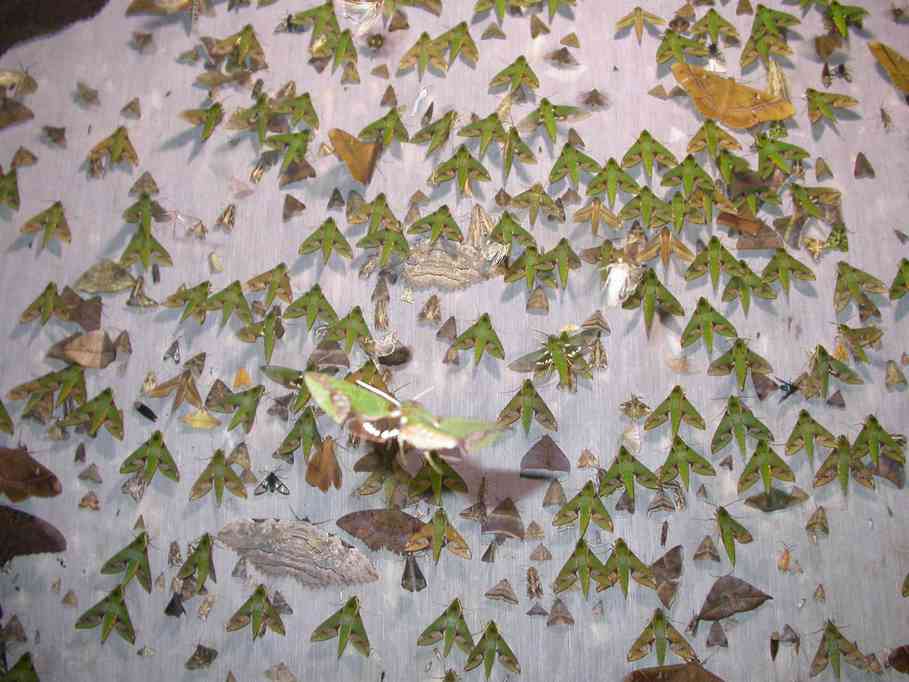
Hunting UV in the Dominican Republic, Monseñor Nouel, August 15, 2007, hardware used: Group Honda EM350, UV 125W clear glass bulb and bulb UV 'comfort' 80W. © Jean Hanif
I will not dwell on the various types of trap, light bulbs or tubes that will be source of UV radiation, each prospector with his preferred method, and the models are not lacking. More and more, we see appear of the devices using LEDs and a lithium battery, model having the advantage of being ultra lightweight and can be carried in a backpack.
For my part, I use since always a portable generator, and I think having in my life the Honda range in its entirety. Currently, Honda EU1000 is the most reliable model, but it is now found copies of the object in the large DIY stores, three times cheaper and seems t – it very effective.
I below shows some results obtained with this technique.
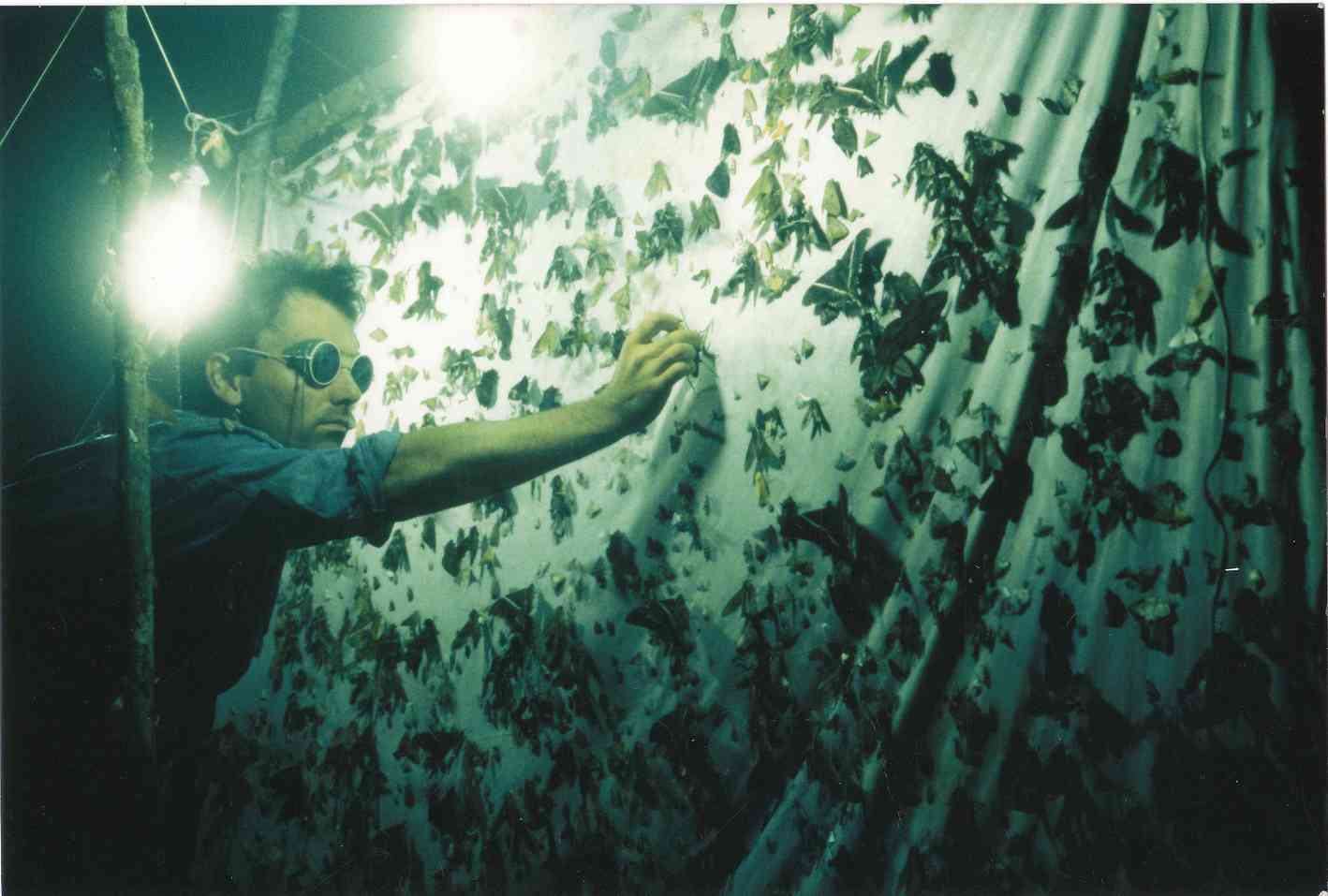
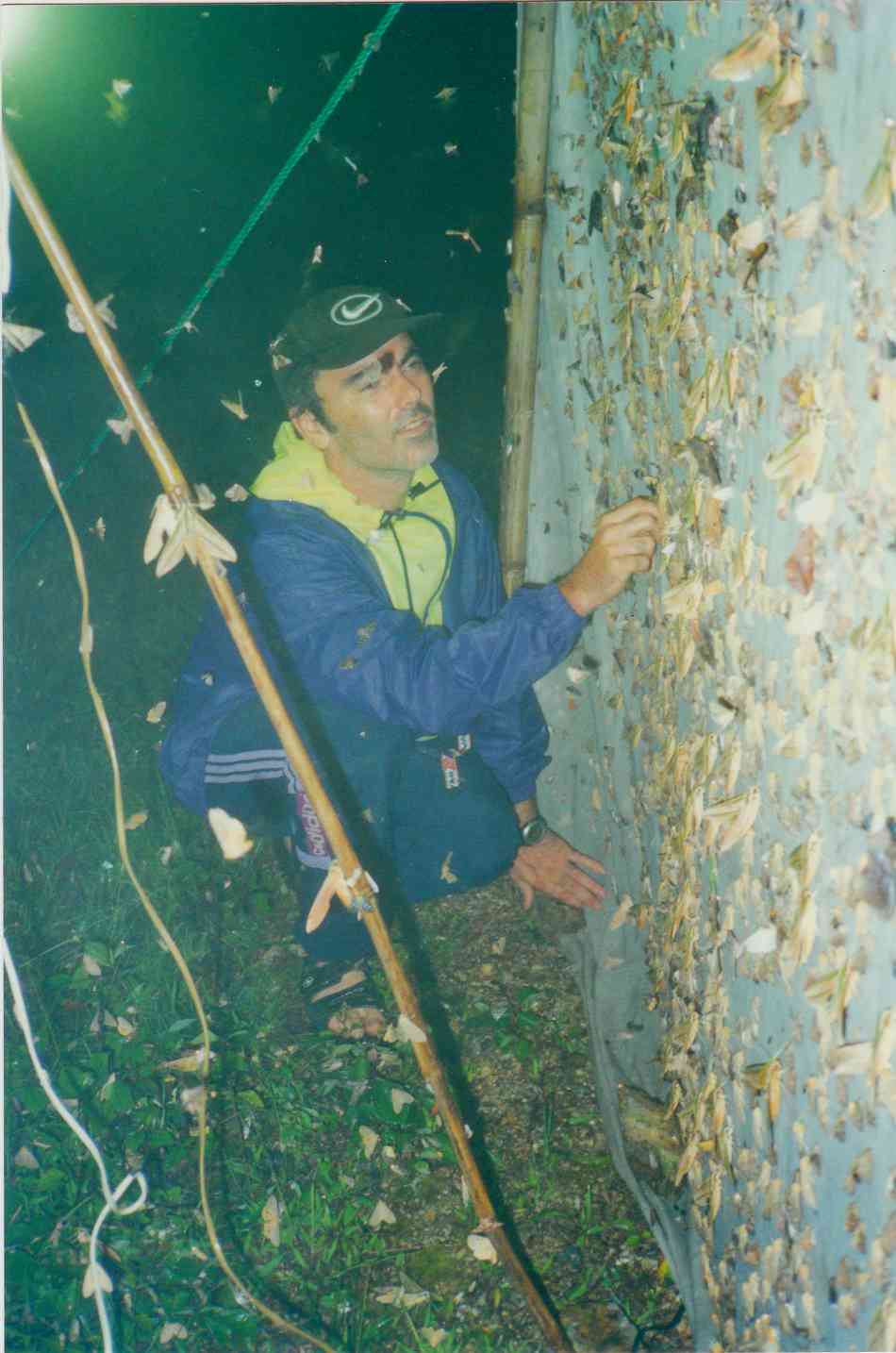
Hunting UV in Malaysia, Borneo, Sabah, Keningau in Kimanis, pk 28.5 1300 m, 10 VIII 1991 and Thailand, Chiang Mai, Road to the Ang Kang Nature Resort, Doi Ang Kang, 1790 m, 19 ° 52'049 ' N, 99 ° 03'118 "W, 17 VIII 2001, two bulbs UV clear glass 125W © Jean Hanif
Butterflies can be sacrificed if it is an object of study, photographed on site (attention, UV change strongly colors) or preserved for a shot the next day in natural light (the ideal) or whether females to be get the eggs. It is fundamental to night fighter a few cages to ponte, or are available the insect with its host plant, which often will stimulate the onset of spawning. I have used very long a model that folds out into spring bought at IKEA and whose first goal is to collect the clothes dirty. I think that all entomologists visiting the sign immediately thought to this singular diversion of the object.